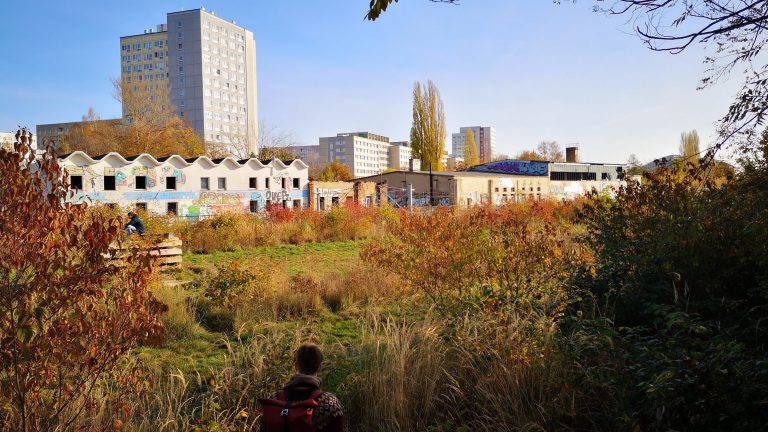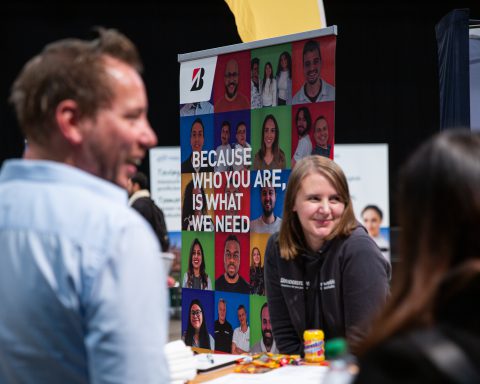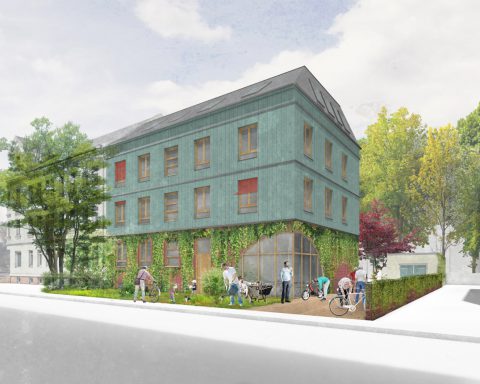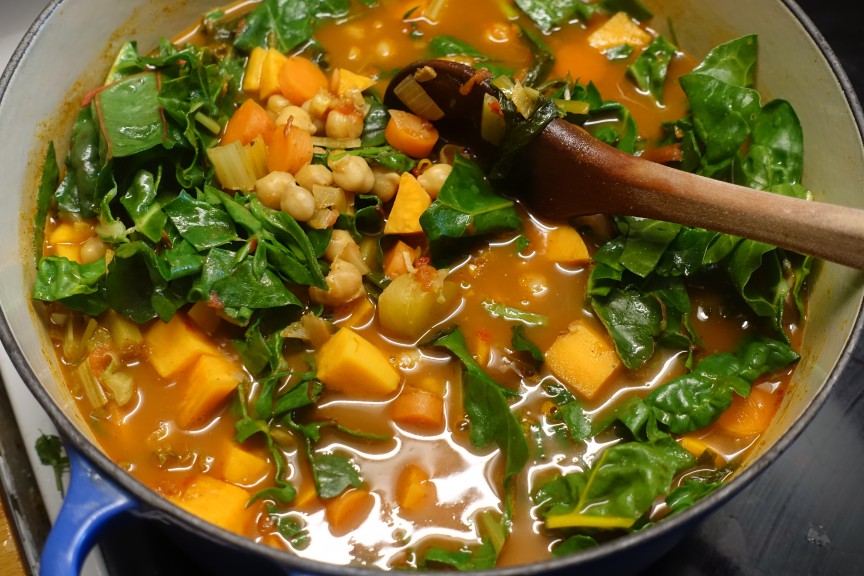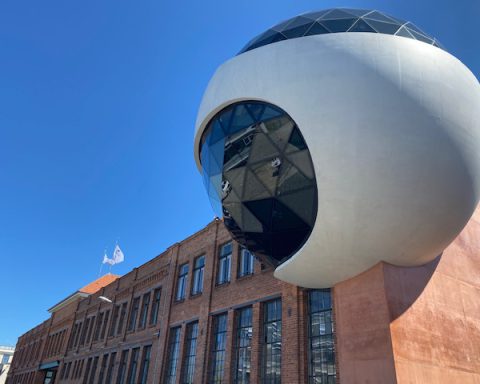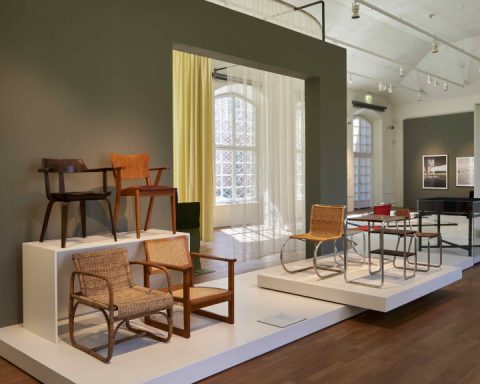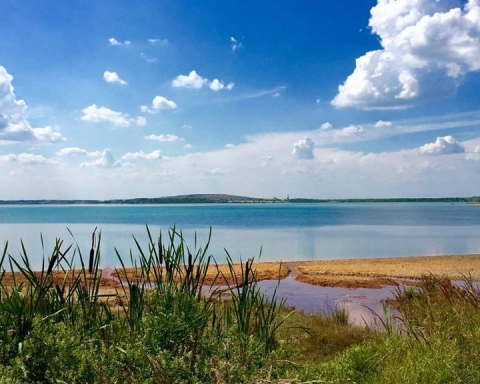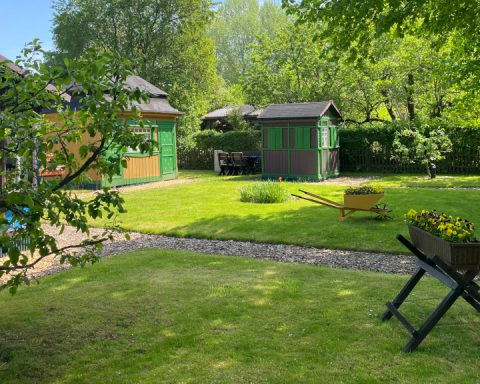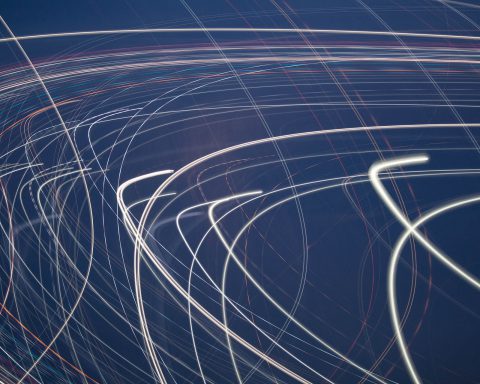This is the third part in our ongoing series Urban Investigations on the mega-project Stadtraum Bayerischer Bahnhof. Catch up on our previous installments: The area’s past and an overview of the project itself. In this third installment, four students from Uni Leipzig share their perspective on this major infrastructural development.
Every city has its very own DNA, some unique features or developments that shape the city in a way that makes it distinguishable from others. Features like this might be of geographical or architectural nature, but a lot of the city’s defining characteristics are also shaped by its people.
Throughout their everyday life, citizens interact, both with other people and with the city itself, molding it to their needs in different ways.
Their life is somewhat dependent on the space around them. Additionally, planners are confronted with changing the face of the city through concrete and stone, therefore impacting the life of its citizens. Just a few people plan, design, and implement concepts for mega-projects that will shape the city. In return, these projects become a home for many individuals. After half a year of dealing with the Stadtraum Bayerischer Bahnhof mega-project in Leipzig, we came to the following conclusion:
We, students, as any residents of the city, would also like to be a part of the city building process.
We developed this reflection over the bachelor module “Stadtentwicklung und Bauwirtschaft” at the ISB (Institute for City Planning and Construction) at Leipzig University, developed by Maeva Baudoin. It offered us a unique opportunity to work on an ongoing project. Due to the lockdown situation, a group project seemed like the perfect change from theoretical modules and to awaken our creative vein.
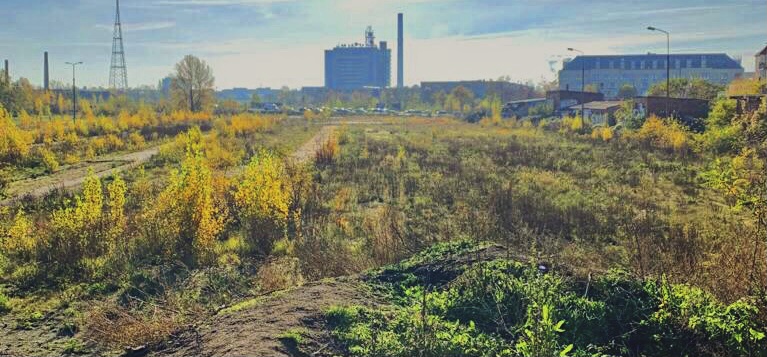
We are economy, geography, and Erasmus students all living in Leipzig — some have only lived here for a few years, others already their whole life. Thus, the question arises, why have none of us ever heard of this huge project Stadtraum Bayerischer Bahnhof, which plans for 1,600 new flats on an area of 36 hectares? It is located in the center of Leipzig, an area we all pass in our daily life. This project will affect our lives directly, as the techno club Distillery and a skate area will be displaced. How come we didn’t hear about the various public forums that took place during the planning process?
The university project was an opportunity to finally engage with the future of our city.
Since we are neither architects nor do we have experience in urban planning, we wondered to what extent we could make a meaningful contribution to the planning of the project.
At the beginning of the semester, we still had hope that there would be face-to-face events. However, this hope was dashed with the rising Corona infections. So the entire module ran online via Zoom. When we signed up for our groups via an online tool, we did not know each other yet. Despite the ongoing pandemic, the group work gave us a chance to meet and interact with new people, which we appreciated a lot. Due to the different fields of study and progress, everyone attended the course with different input, experiences, and expertise. This created a diverse and supportive working atmosphere.
The academic project aimed at envisioning the area close to Lößniger Straße as a thriving neighborhood that benefits everyone. We started with a genuine site exploration, ignoring the already existing plans for the future neighborhood. This exploration was the basis for further detailed analysis.
It was important for us to consider people’s needs as well as the needs of animals and plants.
For this purpose, we formed five groups that focused on different aspects: the existing nature, buildings, people, road infrastructure, and activities. Each group worked completely independently from the other groups. The guest artist Neven Allanic encouraged us to just observe the current state of the place. We were advised to deal with questions like:
“What do you feel?”
“Which on-site factors could explain your feelings?”
“What do other people feel?”
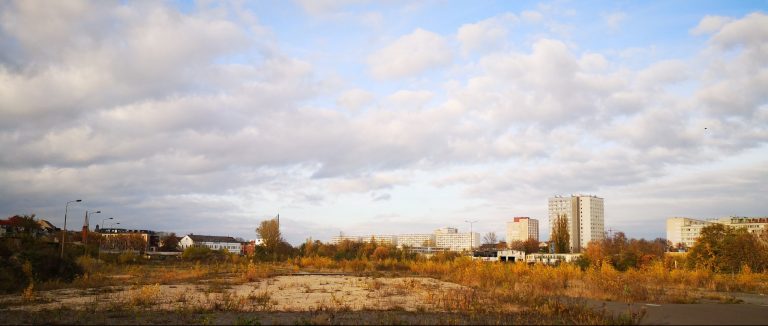
Arriving at the brownfield area, we circumvented the site hurdles, finding gaps in the fences. We quickly realized that it is not comparable to an established park or other local brownfields like the Jahrtausendfeld in the west of Leipzig. Except for a well-frequented street, everything was quiet. This area was not often used for recreational purposes:
There were no improvised sitting areas and fireplaces but rather joggers and dog owners.
It seems that not a lot of people use this place although there is a lot of potential. Is it because of a social border between Südvorstadt and Zentrum-Südost? Or maybe the difficulty of entering the area or the train line that cuts the area in two?
Walking around and taking a closer look at the territory, we discovered so much.
Grasses, shrubs, and small trees spread between busy roads and house blocks. Various plants sneak their way through cracks in the concrete. The brownfield provides a habitat for animals that otherwise have little chance to survive in the city. Who would think that one can find toads here? One part of the brownfield even consists of a little needle forest. Realizing that a lot of the natural life might perish, we recognize that it is all the more crucial to create a future development that is as sustainable as possible, both to not exacerbate the climate problems in the city and to protect current animal and plant habitats.
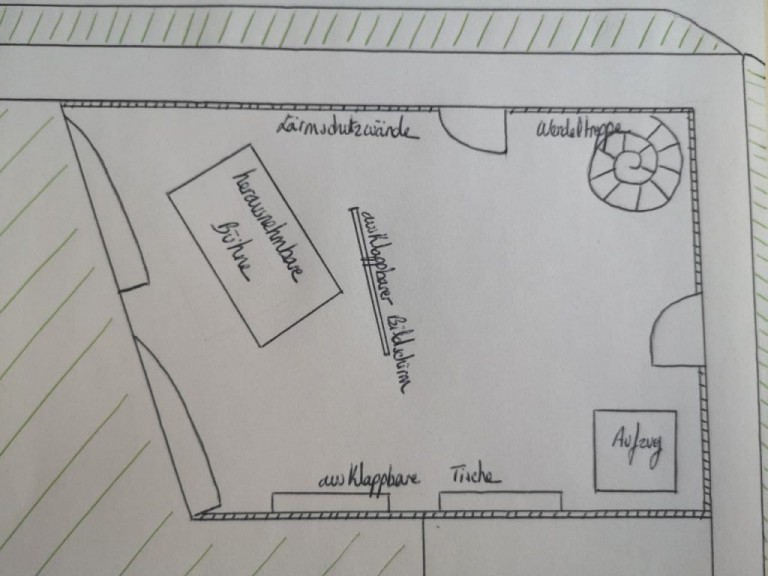
Boudenan
We published our impressions and scientific research via WordPress. Two posts were published per task – one in English, one in German. The challenge was that English is not our native language and writing articles in English is also a special task. Therefore, we received support from Christine Orlowski from the HTWK, who taught us the most important points to consider when writing online articles.
Throughout the semester, we became more and more confident to write in English, which also helped us in writing this article for The Leipzig Glocal. Using WordPress itself was challenging at the beginning, but also here we quickly learned to use it correctly. We worked with a wide variety of media and created audio tracks, a podcast, and Instagram pages and embedded them in our posts.
It was a hurdle to create group work when never seeing each other face-to-face. Fortunately, we were able to deal with these unfamiliarities quite well. Through WordPress, we could directly see the work of the other groups, strengthening the feeling that the others were also busy creating content.
Finally, we created a conceptual program for the future so-called “Lößniger Piazza,” at the center of the future neighborhood. This program comprises the ground floors of the surrounding houses and the design of the piazza itself. The concept of mixed-use should serve as a basis (combining several forms of use in one place). Jan Fitzner and Vanessa Brand, two architects, gave us an understanding of the planning process of such projects: from a mental map through a graphic recording to a design concept. During the last months, we have realized what is important and what we wanted to focus on.
What all the groups’ concepts have in common is the idea to create a space for community and exchange.
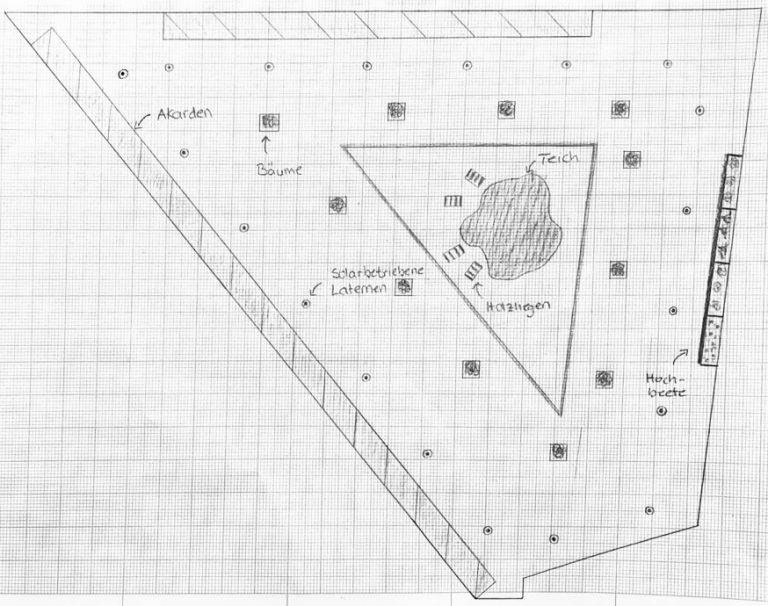
Carina Rastan
One idea we find best exemplifies this is a so-called cultural arena that takes place in “our” Lößniger Piazza. It takes up three floors and provides space for a wide variety of cultural event formats, such as theater and musical rehearsals. You can read here how we imagine it in detail.
Additionally, we imagine a small natural oasis that would provide a home for many animals and plants, including insect hotels, birdhouses, and green facades. Green spaces will be necessary to give people the possibility to relax but also to experience natural aspects in the middle of the city.

Looking at the previous outcomes, we created something unique. It is interesting to observe how differently we worked on the same tasks. Without precise specifications, there were no limits for our ideas, which can be seen when looking at all the creative posts. Having arrived at the end of this semester, we realize that this project has turned us into little architects, designers, and above all, freethinkers.
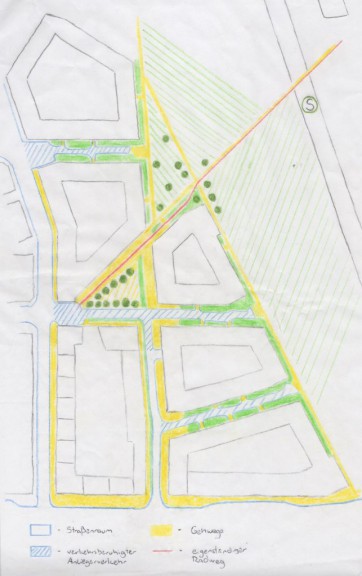
So, can we improve anything about citizens’ knowledge gap regarding huge city projects that affect all of us? Yes, we can! With our blog we hope to contribute towards narrowing this gap. We have shown aspects like sustainability, openness, togetherness and mix of uses that need to be taken into account when implementing the project. By reading our articles, citizens are encouraged to think about this mega-project and the future of the city in general.
People may ask themselves how it will affect their lives. We also ask that the city plan projects such as SBB more openly and transparently for the citizens in the future. Urban development must be integrated more into people’s daily lives to ensure that residents’ wishes are considered. In the end, we learned that there are many ways to change the face of a city and that it is worth a lot to be innovative and creative. We think that interest and participation in general are necessary to improve the quality of a city.
The authors of this article, Sophie, Carina, Christoph, and Marie, are students at Leipzig University who study geography and economics. Within the framework of the elective modules at the University, they all chose the course “Stadtentwicklung und Bauwirtschaft“ at the ISB (Institut für Stadtentwicklung und Bauwirtschaft). In the most recent winter semester, they had the task to create a concept for the Stadtraum Bayerischer Bahnhof whose construction will start this year.

